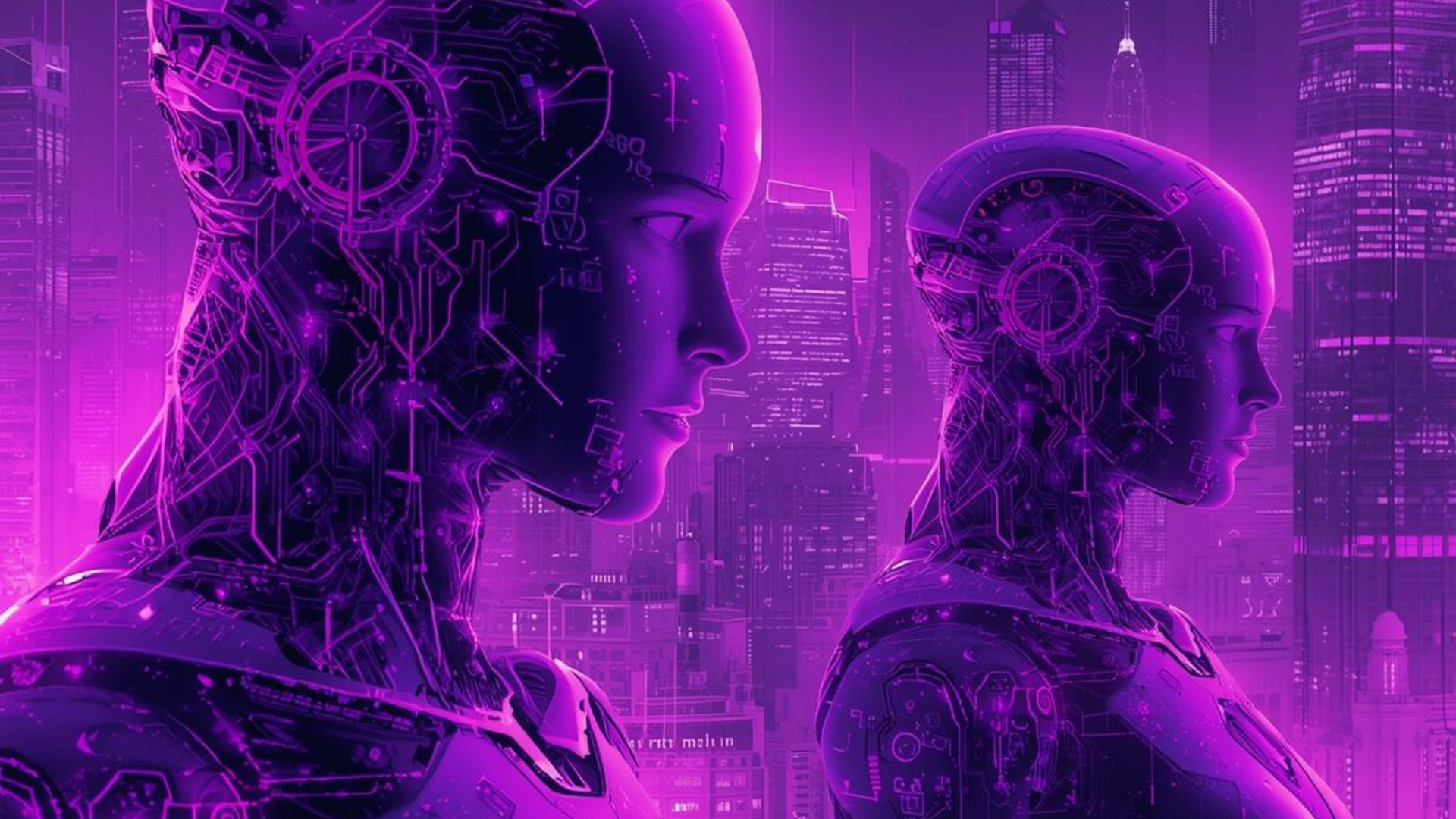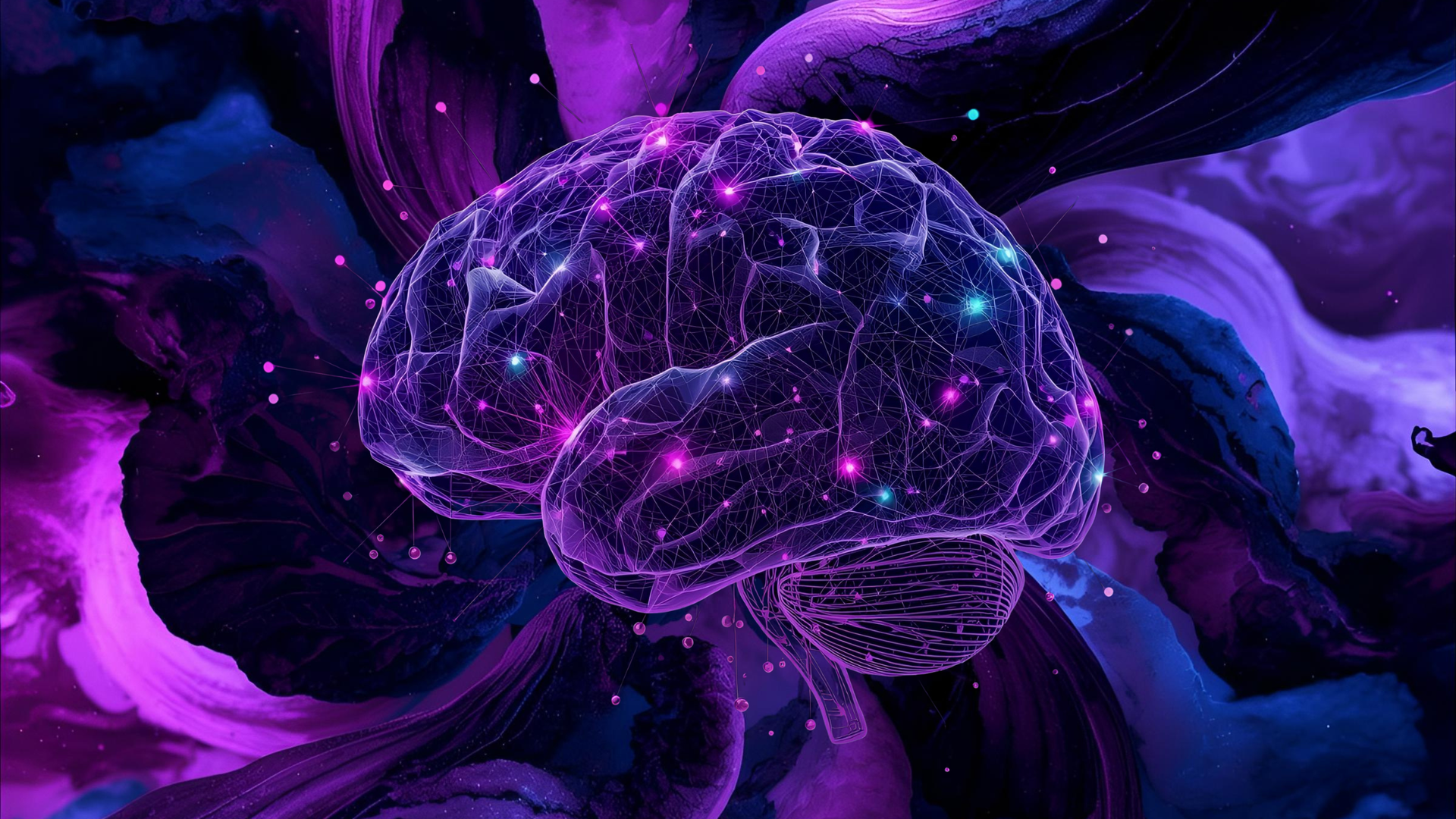Blogs
Debugging Your Mind with Mental Health Lessons from Coding

In coding, bugs are inevitable. They sneak into the cleanest lines of code and cause chaos when least expected. But debugging, the art of identifying and fixing errors, is a core skill for any developer. Interestingly, debugging can also offer a powerful metaphor for mental health. What better time to decode this than during World Mental Health Awareness Month.
Applying Debugging Principles to Your Mental Health Toolkit
- Spotting the Bug (Recognising mental health struggles): Just like in coding, mental health issues can start small—barely noticeable. Maybe it's difficulty concentrating or feeling more irritable than usual. Left unchecked, these "mental bugs" can compound and lead to bigger problems like burnout or anxiety. Awareness is the first step in catching them early.
- The Error Log (Listening to your mind): When your program crashes, you turn to the error log for clues. The same applies to mental health. Your body and mind send signals—fatigue, frustration, insomnia—that act as your personal "error log." Learning to listen and decode these signals is essential for self-care.
- Refactoring Your Life (Making changes): Refactoring improves the structure of code without changing its functionality. In life, refactoring might mean making small adjustments—better sleep habits, exercise, or setting boundaries at work. These tweaks can prevent bigger issues down the line while keeping your overall productivity intact.
- Breakpoints and Rest (Preventing overload): Setting breakpoints in code allows developers to pause and inspect the state of the program. For your mental health, regular breaks work the same way. They give you a chance to assess where you are, preventing burnout from creeping up unnoticed.
- Iterative Improvements (Ongoing self-care): Like software, mental health is an ongoing process. There’s no “final version” of self-care—it’s about constant iteration and improvement. Just as you would update and maintain code, you need to prioritise ongoing mental health practices.
Just as debugging code takes time and effort, so does caring for your mental health. By applying some of the same principles, you can catch issues early, make small improvements, and prevent burnout. Remember, it's okay to seek help along the way—mental health is an ongoing process, not a quick fix.
If you're feeling overwhelmed or need support, here are some helpful resources:
- Beyond Blue: Support for anxiety, depression, and suicide prevention.
- Lifeline Australia: 24/7 crisis support and suicide prevention services.
- Headspace: Mental health support for young people aged 12-25.
- Black Dog Institute: Resources and research for mood disorders and mental health.
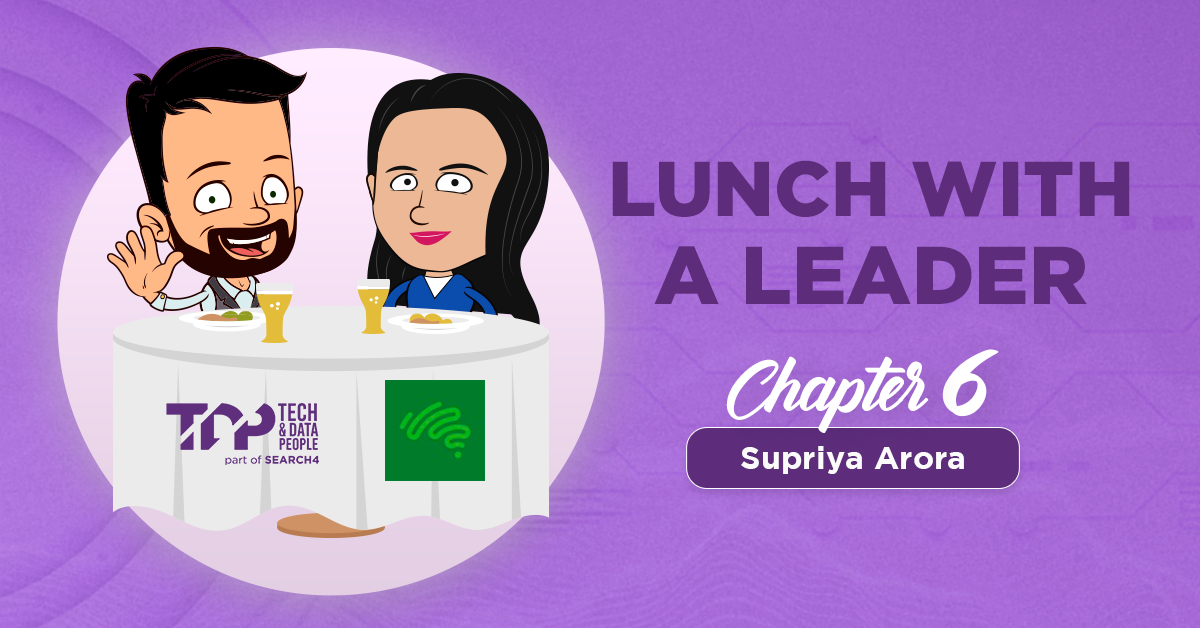
By Kara Porter
•
August 12, 2025
Welcome to Lunch With a Leader, where the Tech & Data People team sits down with IT leaders to uncover their career insights, challenges, and industry perspectives. Each conversation brings valuable lessons, trends, and advice to help our community grow and thrive. Grab a seat at the table and take in the insights from some of the best in the business.

By Kara Porter
•
July 7, 2025
Welcome to Lunch with a Leader, where the Tech & Data People team sits down with IT leaders to uncover their career insights, challenges, and industry perspectives. Each conversation brings valuable lessons, trends, and advice to help our community grow and thrive. Grab a seat at the table and take in the insights from some of the best in the business.

By Kara Porter
•
June 11, 2025
Welcome to Lunch with a Leader, where the Tech & Data People team sits down with IT leaders to uncover their career insights, challenges, and industry perspectives. Each conversation brings valuable lessons, trends, and advice to help our community grow and thrive. Grab a seat at the table and take in the insights from some of the best in the business.
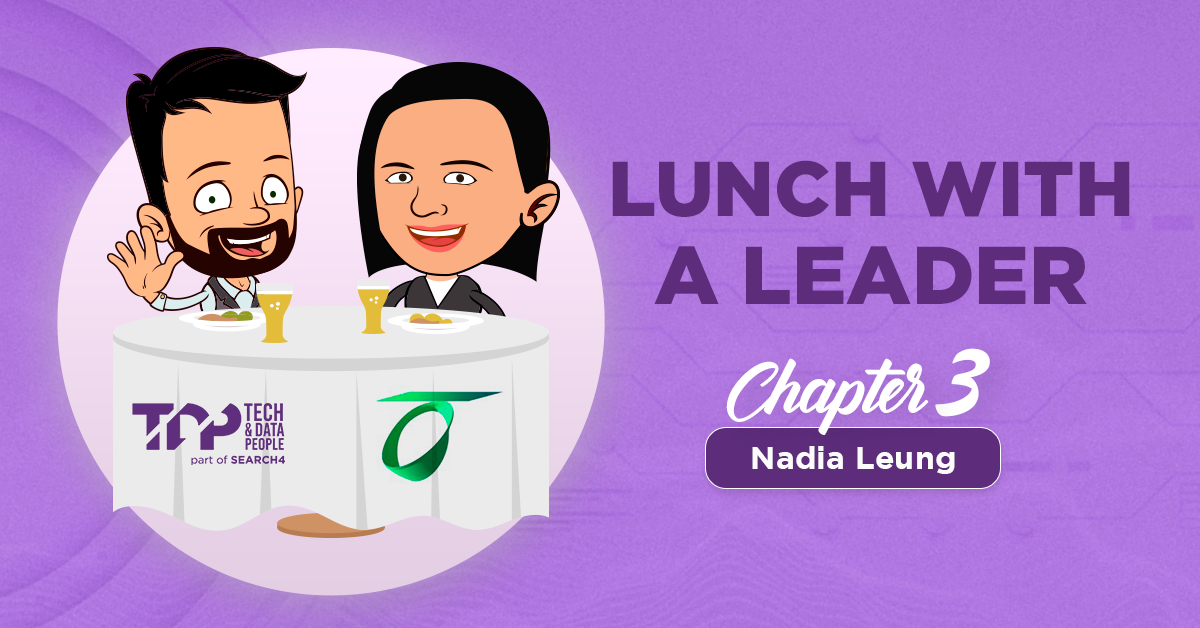
By Kara Porter
•
May 11, 2025
Welcome to Lunch with a Leader, where the Tech & Data People team sits down with IT leaders to uncover their career insights, challenges, and industry perspectives. Each conversation brings valuable lessons, trends, and advice to help our community grow and thrive. Grab a seat at the table and take in the insights from some of the best in the business.
